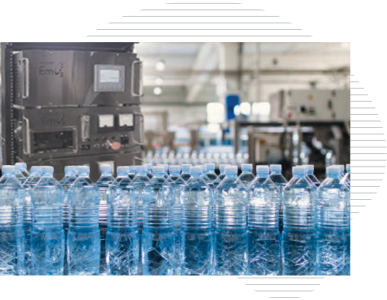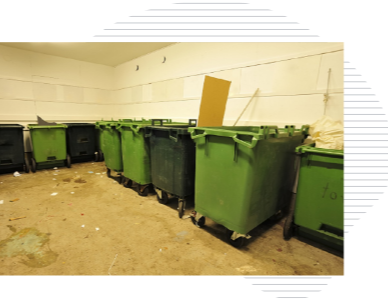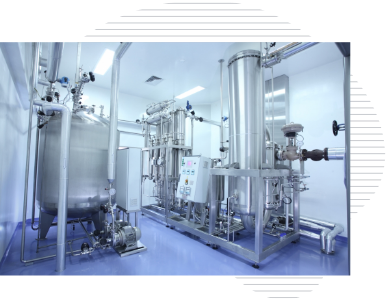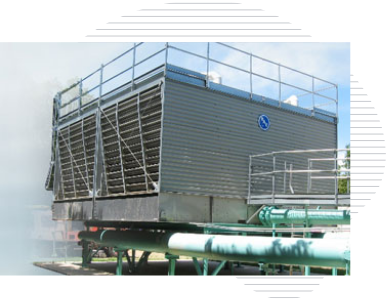Ozone treatment for municipal drinking water: a rapid and efficient process
To meet the latest water quality standards, advanced ozone treatment of drinking water is applied as primary disinfectant prior to distribtion.
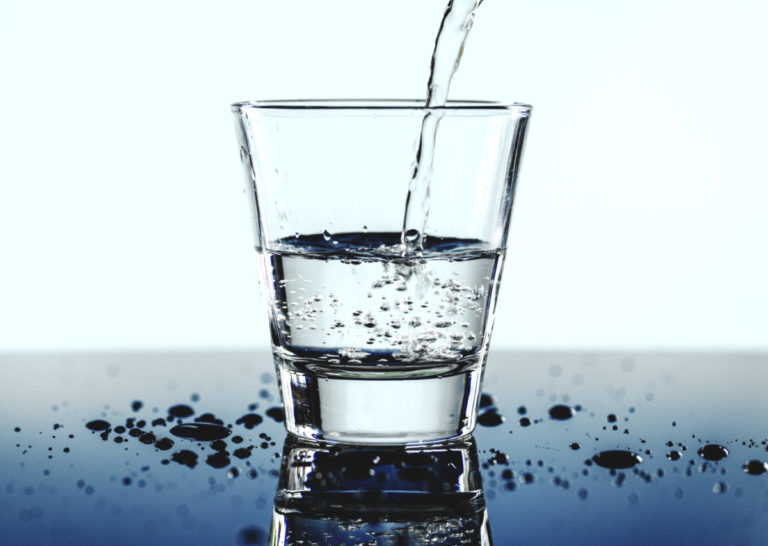
How does ozone treatment work in a municipal water plant?
Ozone has been used in drinking water treatment facilities for over a century due to its ability to eliminate bacteria and viruses such as Giardia lamblia and Cryptosporidium parvum.
Compared to other oxidizing substances like hydrogen peroxide, chlorine, and bromine, ozone has a much higher redox potential (2.07 V). This is due to ozone’s instability and high reactivity.
In addition to ozone as an excellent disinfectant to neutralize waterbourne virus and bacteria, it is also an excellent solution for preventing biological clogging of ion-exchanging resin and reverse osmosis membranes, but it is also recommended because some diaphragms and resins are chlorine-degradable.
You can install ozone water treatment systems either before or after the filtration system. Ozone and water can be applied in two different methods:
Ozone treatment for drinking water: an efficient technology
Ozone is typically more effective at treating water than chlorine because it requires less contact time. However, the precise dosing and contact time depends on the specific application. Ozone dissolves more readily in lower water temperatures, which increases the effectiveness of the process.
Ozone is effective in a wide range of pH values, but a slight increase in the pH above 7 will increase the efficacy of the treatment. The amount of water contaminants also affects the amount of ozone required in the process. Some of the ozone is consumed when it interacts with the microorganisms in untreated water. As a result, there is less ozone available to oxidize other target substances in the water.
Ozone treatment for wastewater
Ozone is now a popular option for wastewater treatment due to stricter environmental regulations.
Ozone is a potent oxidant and can remove pharmaceutical and personal care products (PPSP) as well as contaminants of emerging concern (CEC) in a way that current biological processing techniques cannot.
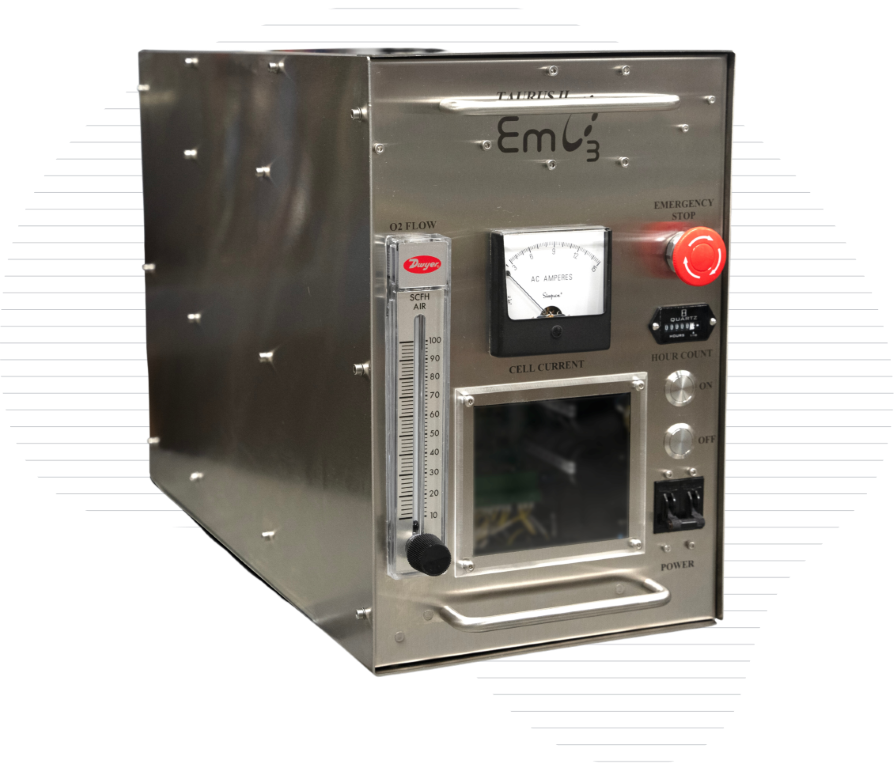
Other applications
Agri-Food
Ozonation of air and water is increasingly valued in the agri-food industry. On-site creation of ozone eliminates the need for chemicals such as chlorine, hydrogen peroxide, and peracetic acid. Moreover, it destroys a wide range of harmful bacteria, including Salmonella, E. coli, and norovirus, providing environmental and financial benefits.
Aquaculture And Public Aquarium
Ozone treatment is the optimal choice to ensure a healthy environment for living organisms in aquaculture and public aquariums. Ozone treatment disinfects recirculated water without endangering marine life.
Odor Treatment
Treating the air with ozone is an efficient and all-natural way to eliminate unpleasant odors caused by aromatic molecules. Commercial buildings' plenum air return systems, restaurant ventilation pipes, and waste rooms often use ozone to create a healthy environment, odor free.
Industrial
In the context of industrial water treatment, ozone treatment is able to oxidize wastewater contaminants such as cyanide and arsenic. Moreover, it facilitates the precipitation of several metals, including iron and manganese, as well as organic materials that are challenging to process biologically. Ozone technology offers a lasting solution for wastewater reuse and recycling, which is in high demand in arid regions around the world.
Water Parks
To maintain the quality of their water and protect the health of visitors, water parks are increasing the use of ozone to reduce harmful chlorine products. Ozone treatment eliminates bacteria easily and quickly while significantly reducing the need for chlorination, which irritates the skin and eyes. Over-chlorination can also produce trihalomethanes, which are harmful to human health. Ozonation provides a better experience and a safer environment for all visitors.
Cooling tower
Ozonation of water in cooling towers enhances the ability to control bacteria like Legionella, making it a highly effective and safe method. Ozone is produced on-site and is extremely stable at various pH levels. Ozone works 3,000 times faster than chlorine in water treatment of this type. Ozone replaces the ongoing requirement for biocides, offers financial efficiency, and provides peace of mind knowing that the water has received appropriate treatment.

